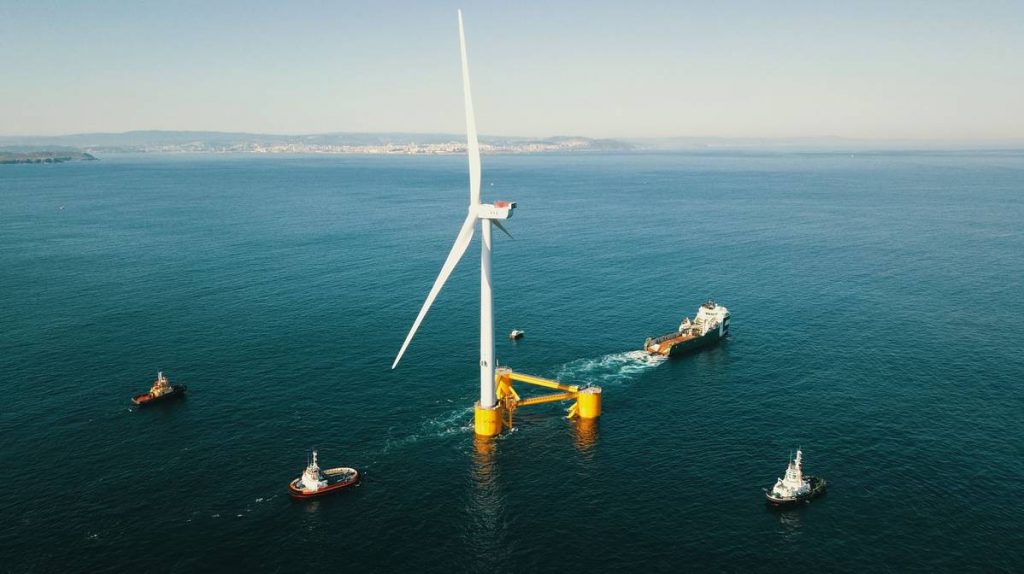
ASOG training should be based on job specific scenarios (SOW), field layout, vessel and platform models and likely weather conditions. The learning objective is to secure that the participants understand the SOW and have obtained experience in practicing the ASOG procedures as required.
The training should take place in a full-scale simulator and include coaching in technical as well as human factor skills related to
- Ship handling
- Operation of DP
- Use of maneuvering equipment
- Situation awareness
- Fatigue and stress handling
- Teamwork and communication
- Leadership and decision making
DPOs shall obtain experience in how to handle any emergency and crisis scenarios including manual takeover when needed in situations such as:
- thruster failures
- increasing weather
- reference systems
- drift off
- loss of switchboard
- drive on
- drift on using tugs
We recommend that the participants as a pre-course activity review SOW and relevant ASOG procedures thoroughly to be well prepared for the simulator training. This activity should be structured in an e-learning module including multiple choice tests after each lesson. Such E-learning will take place on Simsea’s web-based training platform which is available at lap-top, tablet or mobile phone.
The training and assessment in full-scale simulators at Simsea will typically lasts for two days and consists of two parts:
Part 1: E-learning module to study the SOW and ASOG procedure including a test to document learning outcome. The test will be repeated in the beginning of part 2.
Part 2: Simulator training including a scenario for each learning goal and facilitates a comprehensive review of project procedures in a realistic environment. All personnel involved in the training will be given familiarization in use of simulators and related equipment.
We recommend to use two simulator bridges for each shift of 6 bridge officers. In such a case we will have two DPOs at each bridge. Captain and Chief Officer train in their roles; they will follow the exercises from the instructor room, enter the bridge when they are called for and participate in the assessment of the bridge teams.
A thorough brief will be carried out before each exercise to define exercises based on customer’s and participants’ need and to secure a mutual understanding of the purpose of the exercises. During the brief one will also address assessment criteria to be used.
Execution of simulator exercises will be performed as on board per relevant procedures and will be observed and coached by Simsea instructors as well Captain and Chief Officer (one bridge each).
A debrief, a mutual lesson learned and feedback session will be performed after each exercise. This session will include evaluation of learning outcomes for the participants and the results of any assessment.
We will use two K-Sim Offshore bridges including K-Pos DP2 for the training sessions. Both bridges are certified as Class A simulators by DNV-GL. The ship dynamics is simulated on the K-sim offshore vessel simulator. The K-sim offshore vessel simulator integrates advanced physics engines with hydrodynamic modelling of the highest quality to provide realistic ship behavior and interactions. From the simulators instructor station, one can provoke faults in the vessels propulsion plant, power management system, thrusters and sensors. It is also possible to adjust weather conditions such as wind, waves, swell, current, precipitation and visibility.
A fully integrated model of Edda Fauna is set up on DP 200 meters from the installation in question to perform the specified operation. The DP system is set up using typically 3 DGPS, 1 HiPAP and 1 FANBEAM as reference systems. A broadcast voice recording system is available for monitoring communication on bridge.
If you have any questions or inquiries please contact
Lars Gustavsen
Tel:
+47 913 89783
Mail: lg@simsea.no